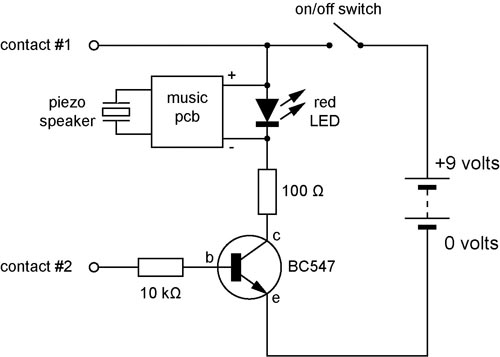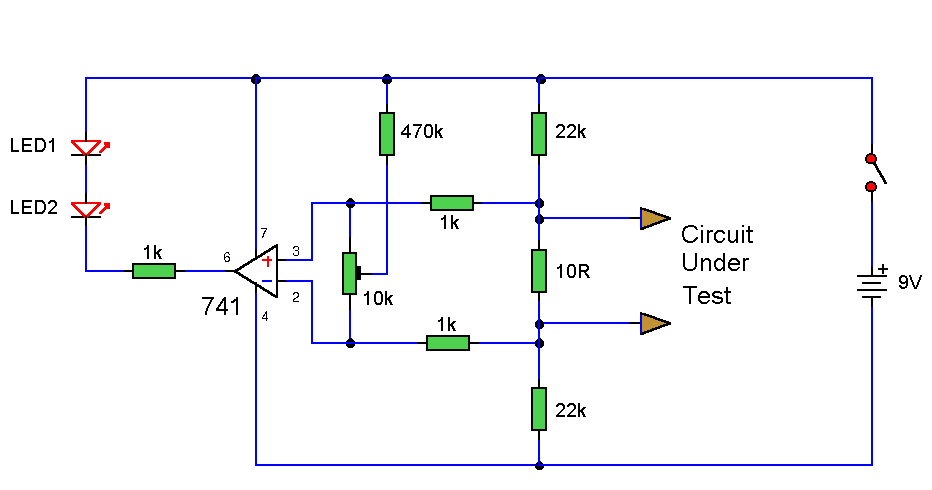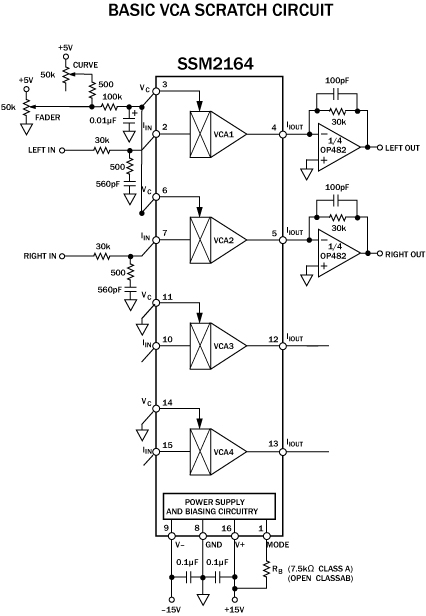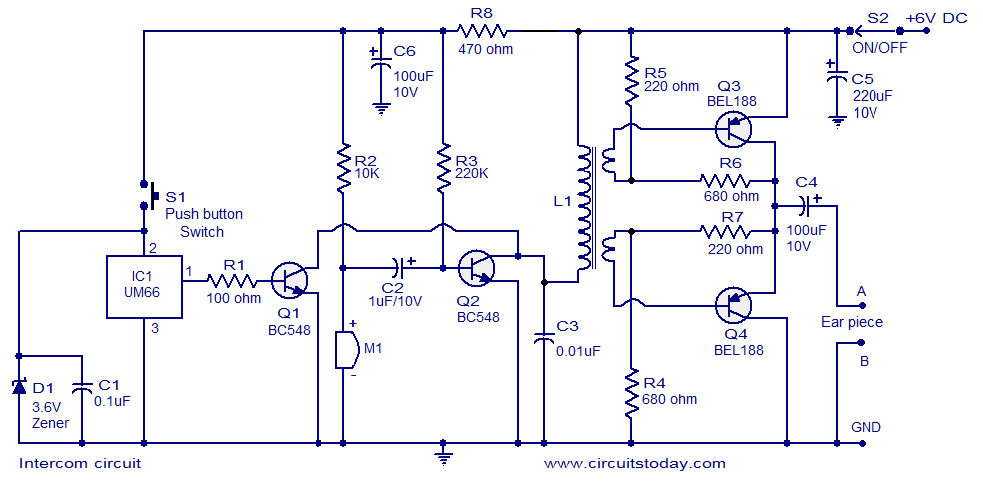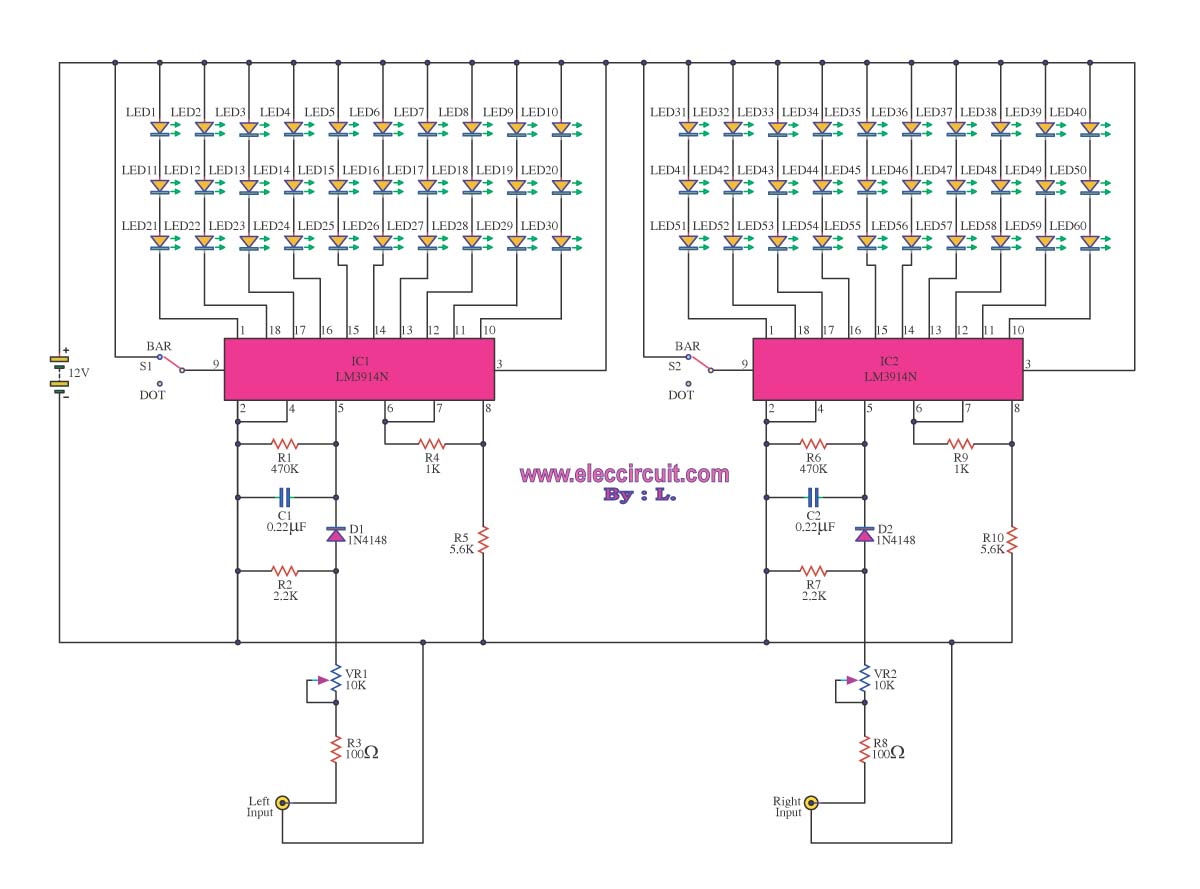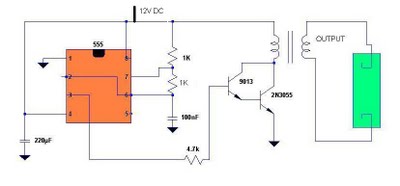
Two Simple Crystal Test Circuits
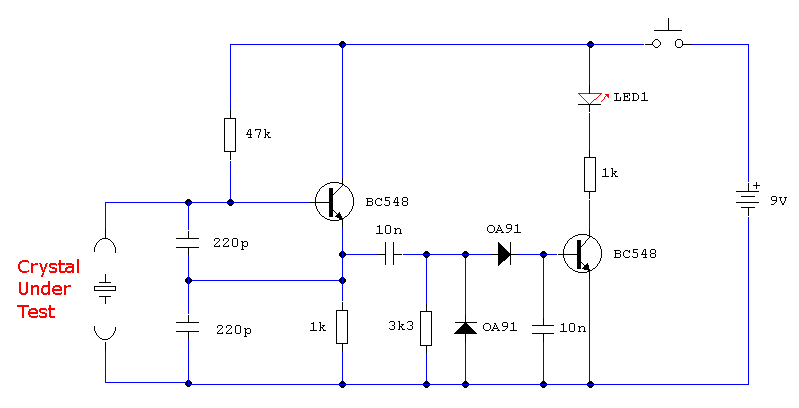
In the first circuit, the BC548 transistor is configured as a Colpitts oscillator, with the frequency being adjusted through the insertion of a crystal. A high-quality crystal will generate high-frequency oscillations, and the output at the collector is rectified by a germanium OA91 diode, resulting in a deflection on the meter. The more active the crystal, the greater the output deflection. This output can be fine-tuned using a preset resistor. The second circuit employs a functioning crystal to again control the frequency of a Colpitts oscillator. In this configuration, the output from the oscillator is taken from the emitter and is subjected to full-wave rectification. The resultant small DC bias directly activates a second BC548 transistor, which illuminates an LED.
The first circuit utilizes a BC548 transistor in a Colpitts oscillator configuration, which is a type of LC oscillator that generates sinusoidal outputs. The oscillator's frequency is primarily determined by the values of the capacitors and the inductor in the circuit, with the crystal acting as a frequency-selective element. The insertion of a crystal allows for precise frequency control, as it introduces a high Q factor into the circuit, leading to stable oscillations. The output from the collector is then processed by the OA91 germanium diode, which rectifies the AC signal into a DC signal. This rectification is crucial for measuring the output oscillation amplitude, which is displayed on a connected meter. The amplitude of the oscillation, indicated by the meter deflection, is directly related to the activity of the crystal; a more active crystal will produce a larger deflection, indicating stronger oscillations.
In the second circuit, another BC548 transistor operates in conjunction with a crystal to form a similar Colpitts oscillator. However, this circuit takes its output from the emitter rather than the collector. This design choice allows for a different output characteristic and is advantageous in certain applications. The output is full-wave rectified, which means that both halves of the AC waveform are utilized, resulting in a more consistent DC output. The small DC bias generated from this rectification process is sufficient to turn on the second BC548 transistor, which is connected to an LED. This LED serves as a visual indicator of the oscillator's activity, lighting up in response to the oscillations produced by the circuit. The interaction between the crystal and the transistors in both circuits exemplifies the principles of oscillation and signal processing in electronic design.In the first circuit, above the BC548 is wired as a colpitts oscillator, the frequency tuned by insertion of a crystal. A good crystal will create high frequency oscillations, the output at the collector is rectified by the germanium OA91 diode and a deflection will appear on the meter.
Thw more active the crystal, the higher the output deflection which may be adjusted with the preset. The next circuit uses a working crystal again used to control the frequency of a colpitts oscillator. This time the output from the oscillator is taken from the emitter and is full wave rectified, the small dc bias will then directly cause the second BC548 to light the LED.
🔗 External reference
The first circuit utilizes a BC548 transistor in a Colpitts oscillator configuration, which is a type of LC oscillator that generates sinusoidal outputs. The oscillator's frequency is primarily determined by the values of the capacitors and the inductor in the circuit, with the crystal acting as a frequency-selective element. The insertion of a crystal allows for precise frequency control, as it introduces a high Q factor into the circuit, leading to stable oscillations. The output from the collector is then processed by the OA91 germanium diode, which rectifies the AC signal into a DC signal. This rectification is crucial for measuring the output oscillation amplitude, which is displayed on a connected meter. The amplitude of the oscillation, indicated by the meter deflection, is directly related to the activity of the crystal; a more active crystal will produce a larger deflection, indicating stronger oscillations.
In the second circuit, another BC548 transistor operates in conjunction with a crystal to form a similar Colpitts oscillator. However, this circuit takes its output from the emitter rather than the collector. This design choice allows for a different output characteristic and is advantageous in certain applications. The output is full-wave rectified, which means that both halves of the AC waveform are utilized, resulting in a more consistent DC output. The small DC bias generated from this rectification process is sufficient to turn on the second BC548 transistor, which is connected to an LED. This LED serves as a visual indicator of the oscillator's activity, lighting up in response to the oscillations produced by the circuit. The interaction between the crystal and the transistors in both circuits exemplifies the principles of oscillation and signal processing in electronic design.In the first circuit, above the BC548 is wired as a colpitts oscillator, the frequency tuned by insertion of a crystal. A good crystal will create high frequency oscillations, the output at the collector is rectified by the germanium OA91 diode and a deflection will appear on the meter.
Thw more active the crystal, the higher the output deflection which may be adjusted with the preset. The next circuit uses a working crystal again used to control the frequency of a colpitts oscillator. This time the output from the oscillator is taken from the emitter and is full wave rectified, the small dc bias will then directly cause the second BC548 to light the LED.
🔗 External reference
Warning: include(partials/cookie-banner.php): Failed to open stream: Permission denied in /var/www/html/nextgr/view-circuit.php on line 713
Warning: include(): Failed opening 'partials/cookie-banner.php' for inclusion (include_path='.:/usr/share/php') in /var/www/html/nextgr/view-circuit.php on line 713
